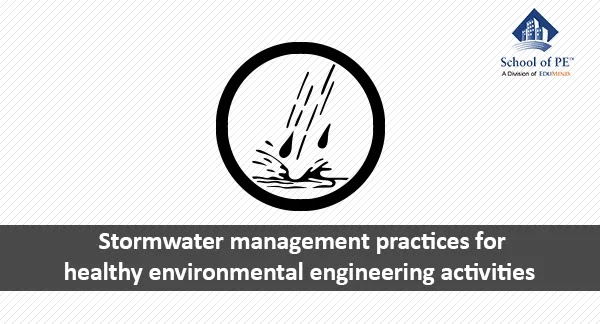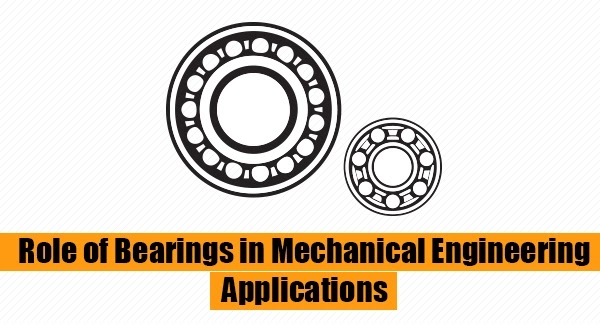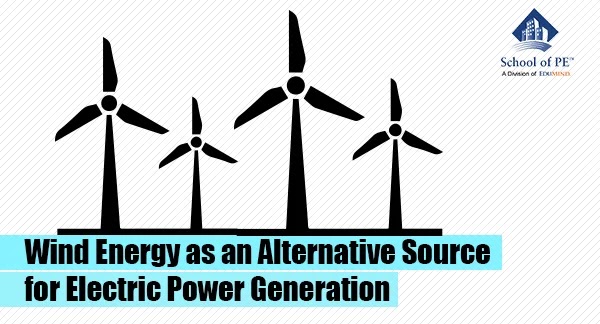Table of Contents
Introduction
The ocean covers up to 70% of the earth's surface and makes up 96% percent of the water on the planet. The earth consists of only 3% fresh water, and 75% of that fresh water is frozen. Today, most developing countries across the globe are suffering from a shortage of fresh water. To help solve this, professional water resource engineers and scientists introduced a new technology for converting saline water into fresh water so that there is enough fresh water supply for necessary activities including drinking, growing crops, and bathing.
Desalination Process
Desalination is the process of removing various minerals and salts from the water that causes salinity.

Technologies Used for Water Desalination
Thermal desalination includes boiling, evaporation, and condensation.
The types of desalination processes are:
1)Flash distillation method
2)Solar water desalination method
3)Reverse osmosis water treatment
Thermal desalination includes boiling, evaporation, and condensation.
The types of desalination processes are:
1)Flash distillation method
2)Solar water desalination method
3)Reverse osmosis water treatment
Advantages of Desalination
1)Provides a large amount of water resources for drinking and agricultural purposes
2)Provides distilled water, and therefore, prevents the formation of scales in boilers
2)Provides distilled water, and therefore, prevents the formation of scales in boilers
3)Areas with a scarce supply of fresh water are able to produce their own crops
Disadvantages of Desalination
1)Consumes a large amount of energy and expenses
2)Process requires adding chemicals to the water that may cause harm to marine ecology and the environment
3)Consumes more time for processing and is a continuous process
2)Process requires adding chemicals to the water that may cause harm to marine ecology and the environment
3)Consumes more time for processing and is a continuous process
Public water supply projects in areas with a scarce supply of water have adopted the desalination process as the main water treatment method to generate fresh water for public consumption.





